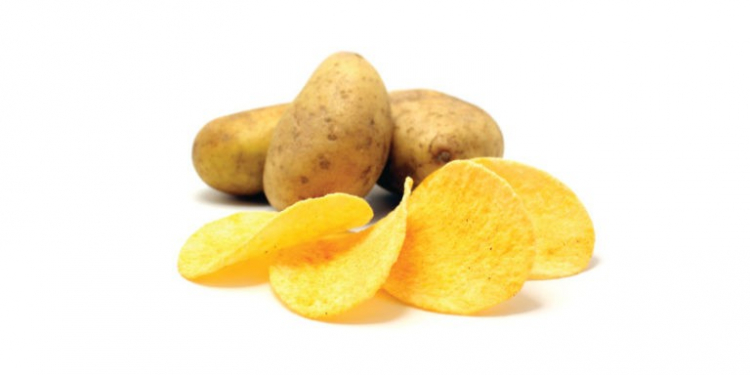Oil is a key ingredient in any potato-chip production line. Used as a heat transfer agent during the frying process, it provides the chips with their unique flavor and texture. As the trend toward wellness gains momentum however, consumer are becoming more health conscious and increasingly aware of what is in the food they eat and how it is processed.
Ensuring efficient oil management, filtration and selection have become top priorities for potato-chip manufacturers looking to create products that taste great and have desirable color, texture and nutritional appeal.
As a result, many potato-chip manufacturers are reviewing their processing methods to ensure their products meet consumer preferences. Meanwhile, others are looking toward new ingredients, such as different types of cooking oils, with a view to
diversify their product range and meet growing consumer demand for healthier alternatives. In this article, you will find how employing the right oil management, filtration and sanitation practices, as well as choosing high-quality frying oil, can help manufacturers create potato-chips consumers desire.
Understanding Oil Degradation
Oil quality is intrinsic to creating high-quality, healthy snack products. However, when frying potato products, cooking oil can quickly degrade as a result of a number of factors such as oil type, temperature and the processing method. This not only reduces oil quality but also disrupts cooking efficiency, making it harder to clean the fryer and ultimately compromising product quality. Frying with degraded oil can also trigger serious health-related side effects due to the increased levels of fatty acids, oxidized lipids and acrylamides in the product.
In most frying operations, the fatty acid level of the oil will rise to an unacceptable level if the total volume of oil in the system cannot be turned over within a set time. Turnover occurs by the pickup of oil into the products as they pass through the fryer. Depending on their physical characteristics, most products absorb oil during the initial stages of frying, lowering optimum oil levels. Potato slices, for example, can absorb anywhere between 24 per cent and 40 per cent of oil. For this reason, a fresh oil infeed is necessary for oil levels to return to 100 per cent and ensure the product is cooking in the freshest oil possible for optimum quality.
Producers are increasingly looking toward new ingredients as a possible solution to improving the quality and healthfulness of their products, including the type of cooking oil. From canola, sunflower and olive oil to coconut and corn oil, they are inundated with choice. While some oils are closely linked to health, such as olive oil, due to its high levels of monounsaturated fatty acids, others, such as coconut oil, have distinct flavor profiles. As a result, the selection of oil is key when it comes to meet ever-evolving consumer demands.
Well-designed frying systems should address a variety of needs, such as maintaining oil integrity.
The most innovative frying technology incorporates continuous oil filtration systems to help remove particulate material, left behind from sliced products, during cooking. Typically, the oil is passed through a filtering system to remove both large and fine particles. If left in the oil, these particles continuously produce polymers and other polar compounds that create an off-taste in the product and degrade the frying oil, affecting the organoleptic properties including crunchiness. The sooner and more effectively the particles are removed, the better the oil quality.
Maintaining oil quality is a key challenge for manufacturers looking to meet the demand of today’s ever-discerning consumers.
With so many options available to create potato chips with universal consumer appeal, it is important to work with a leading processing solutions supplier, like Florigo (from tna), which has the technological expertise and know-how to find the right solutions to suit individual production requirements.

